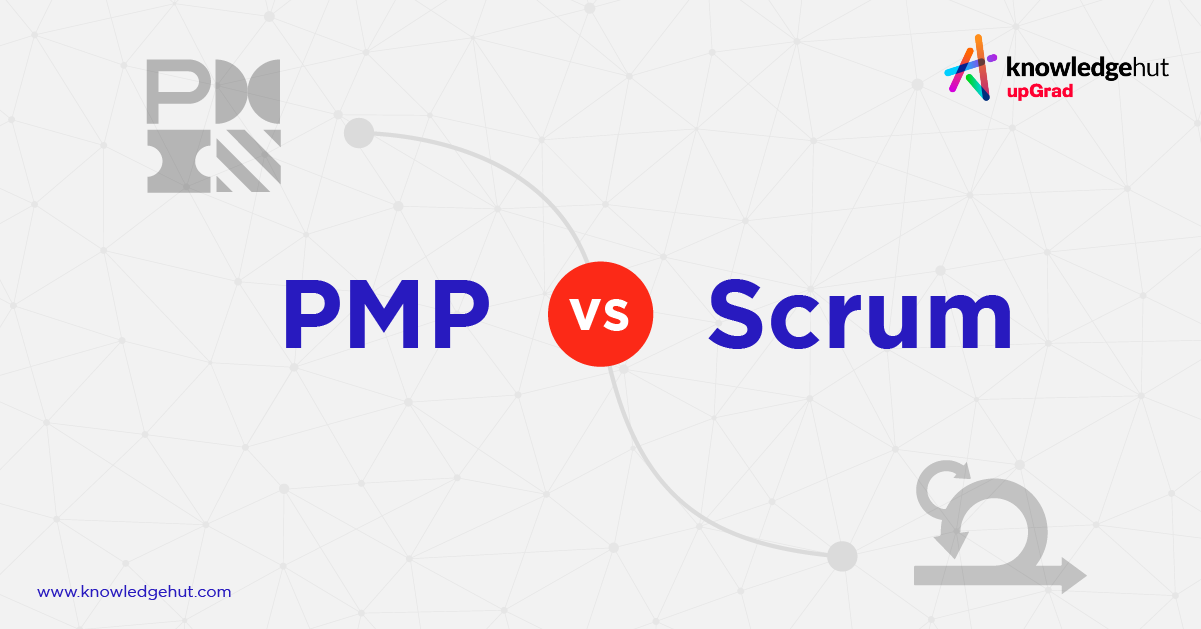AT&T’s decision to ditch DirecTV and WarnerMedia and leave the video content rodeo continues to pay off as the carrier added more customers in the third quarter while steaming past its goals for its 5G network buildout.
The Dallas telecom company’s refocus on mobile and fiber internet led to the addition of 708,000 more postpaid net phone subscribers in the period, a metric the telecom industry uses as an indicator of success and dependable revenue. With customers migrating to higher-priced plans and buying more expensive phones, the carrier reported 6% higher mobile revenues compared to the same period in 2021.
“The vast majority of our customers are talking to us, making adjustments to their plans, moving them into higher-value plans that … return more value to the customer, allowing them to be a stickier and longer-lived customer,” CEO John Stankey said during AT&T’s quarterly earnings call.
AT&T said that it’s ahead of schedule with the rollout out of its so-called C-band 5G which it spent $27 billion acquiring last year and started activating in January. The carrier already hit its end-of-year target of reaching 100 million people in the US with this flavor of 5G, and revised its goal to reach 130 million people by the end of 2022. These numbers don’t include 3.45GHz frequencies of 5G midband, which AT&T paid $9.1 billion to acquire in January and is slowly deploying this year.
These additional “midband” frequency airwaves are critical to providing wider and more consistent 5G service to more areas, giving you a competitive alternative to T-Mobile and Verizon, which have also been racing to build out their networks.
Read more: No, AT&T Won’t Let Older Phones Tap Into Its Full 5G Network After All
AT&T’s broadband internet business had a similarly good quarter, gaining 338,000 postpaid net subscribers for wired fiber. Internet revenues grew 6.1% over the same period last year, partially from transitioning customers from older copper-line internet to the newer fiber service.
“Our yields on fiber customers are much better than our copper customers,” Stankey said.
The fiber gains come a day after a Bloomberg report stating that AT&T would be dramatically expanding its fiber internet network in the US. The carrier will work with banker Morgan Stanley to spend between $10 billion and $15 billion in a joint venture to roll out more high-speed wired internet across the country. AT&T declined to comment on the story.
AT&T is doubling down on fiber at a time when rivals Verizon and T-Mobile are investing heavily in wireless home internet over their 5G networks. AT&T does offer wireless internet, but only in the rare areas where its fiber internet won’t reach.
“I’d rather take a million new fiber customers a year than a million new fixed wireless customers a year,” Stankey said, noting that fiber subscribers had more value to shareholders in the long haul.
AT&T certainly has the long game in mind with fiber and is experimenting with 20-gigabit connections that would far outstrip current speeds that top out at 5 Gbps.
Read more: AT&T Set to Bring HBO Max Back to Wireless Plans
AT&T reported $30 billion in revenues in the third quarter, down 4.1% compared to the same period last year due to the spinoff of HBO Max and the other WarnerMedia video properties in July, resulting in an adjusted earnings of 68 cents a share. That’s around where industry estimates of per-share earnings of 71 cents.
Despite concerns on the earnings call of inflation, Stankey was cautiously optimistic about AT&T’s outlook. Poorer economic conditions could impact smaller businesses, but the carrier doesn’t have enough of those to threaten any shrinking of revenue.
“We’re underindex[ed] in that regard,” Stankey acknowledged during the call, though he said AT&T was slowly adding more small business customers.





















Discussion about this post